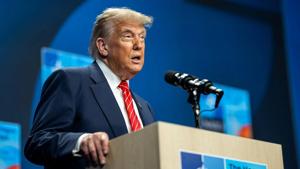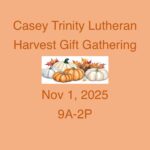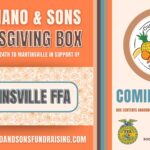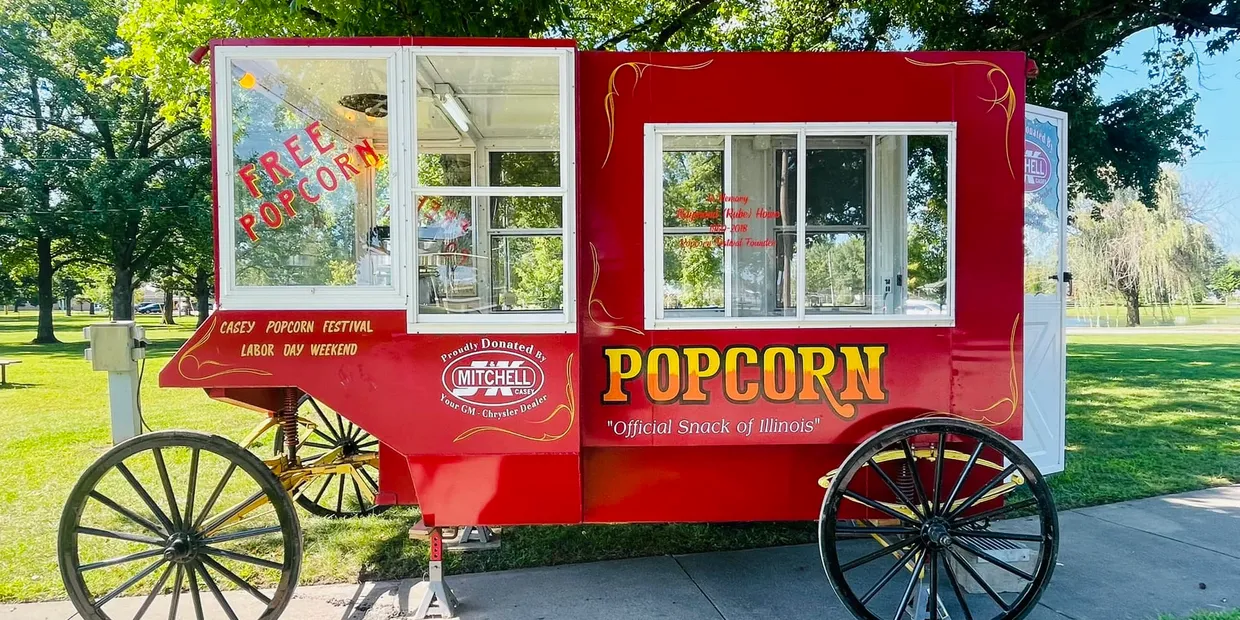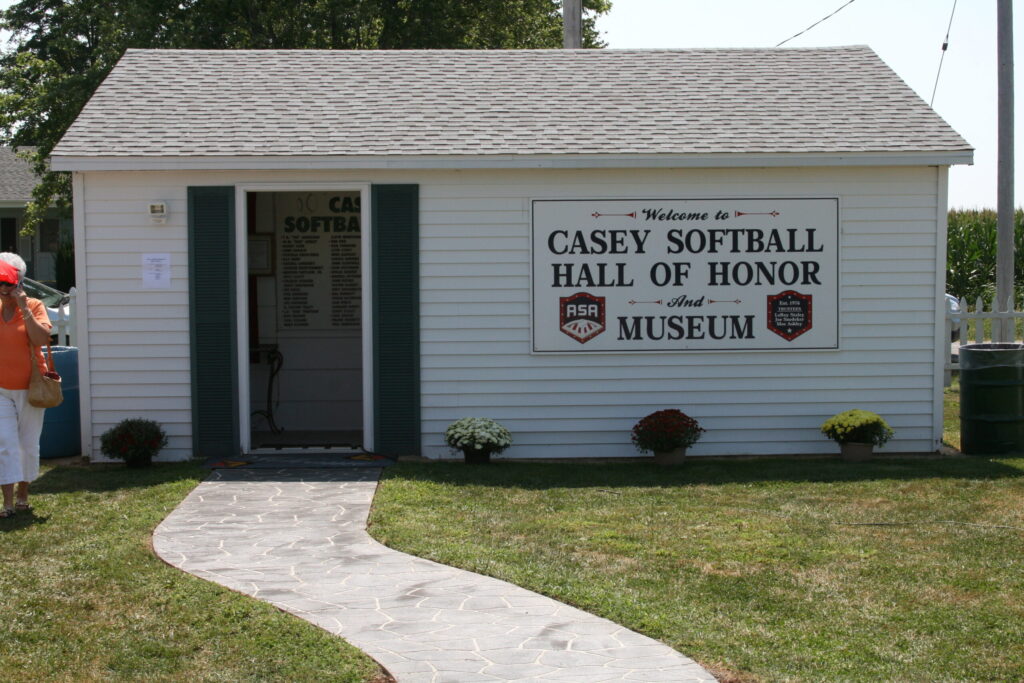Study of wine tariffs shows consumers will pick up part of Trump’s tab
A study from Duke’s Department of Economics found that consumers ultimately paid more than the tariff cost on European wines during a 2019–21 trade dispute, a finding that could have significant implications for U.S. consumers as a fresh wave of tariffs around the globe affects prices.
The upshot was that Americans paid higher costs than the federal government collected in tariff revenue.
“Our findings contain both good and bad news for the American consumer. The good news is that consumer prices for imported wines rose by less than the percentage increase in the tariff,” Duke Associate Professor of Economics Felix Tintelnot told The Center Square. “The bad news is that our estimates suggest consumer cost increases exceeded the tariff revenue received by the U.S. government.”
Tintelnot and his colleagues studied wine tariffs over several years using public data and private data from a large wine importer. The National Bureau of Economic Research published the study.
The research found that foreign wine makers lowered prices in response to the tariffs. When the 25% tariff hit wines with 14% alcohol content or below, producers lowered prices by about 5.2% to remain competitive. However, U.S. consumers never saw those savings. In response, U.S. importers raised the prices they charged distributors by about 5.4%, which meant they absorbed a portion of the tariff as the wine made its way to consumers. Next came retail markups.
By the time bottles reached U.S. consumers, retail prices had risen by 6.9%. While this means the pass-through of the 25% tariff is incomplete, markups along the way meant American buyers paid about $1.59 more per bottle in one example, exceeding the actual $1.19 tariff paid per bottle at the border.
“What consumers paid more per bottle exceeded what the government took in,” Tintelnot told The Center Square.
Trump and the White House have said that tariffs won’t raise consumer prices and that foreign nations will absorb the costs. Trump’s latest wave of tariffs exceeded those on wines during the period Tintelnot and his colleagues studied. Trump has hit every U.S. trading partner with tariffs of at least 10%, with some countries facing rates above 30%. In addition to those import duties, Trump has tariffs on imported steel, copper, aluminum, automobiles and auto parts, among others. Trump says he wants to bring back manufacturing jobs lost to low-wage countries in recent decades, shift the income tax burden away from Americans and pay down U.S. debt, which recently topped $38 trillion.
Tintelnot said the 2019-21 wine tariffs only affected some countries and some wine, giving researchers a control group of wines unaffected by the tariffs.
The study showed that not just consumers paid more, but nearly everyone along the way. Tintelnot said the tariffs squeezed margins for importers, and American consumers still paid more despite cost cuts by producers. More than even the government collected in tariff revenue, mainly because tariffs were applied when the wine entered the country, before price markups for wholesale and retail sales.
While the study was limited to wine, the lessons can likely be applied to the new tariffs Trump has put in place using executive orders since re-taking the White House in January.
“Still, the consumer bears most of the burden,” Tintelnot told The Center Square.
That lines up with a recent report from Goldman Sachs. According to a report from the global investment bank and financial services company, U.S. consumers will pay most of the cost for Trump’s tariffs. The report said American consumers will pay 55% of tariff costs, U.S. businesses will pay 22%, and foreign exporters will pay 18%.
The wine study also found that prices weren’t the only thing affected by tariffs. Researchers also found evidence of tariff engineering, which can include small changes to the product or its label to lower import duties.
“There was a big change in wine labels, and a lot of wines that previously classified as less than 14% alcohol became classified as above 14% alcohol in order to avoid paying the tariffs,” Tintelnot told The Center Square.
In addition, researchers noticed a much longer lag time than they had expected for the higher prices to reach consumers. They also found that higher product prices last longer after the government removed the tariffs.
“It takes almost a year until you see the significant change in retail price that affects the consumers, and it took around three months until the importer renegotiated prices with the exporter, and then also to raise prices to the U.S.,” Tintelnot told The Center Square. “What’s interesting is alsodon’t go down right away when the tariffs go away. In fact, they stayed elevated for another year after the tariffs were removed.”
Latest News Stories
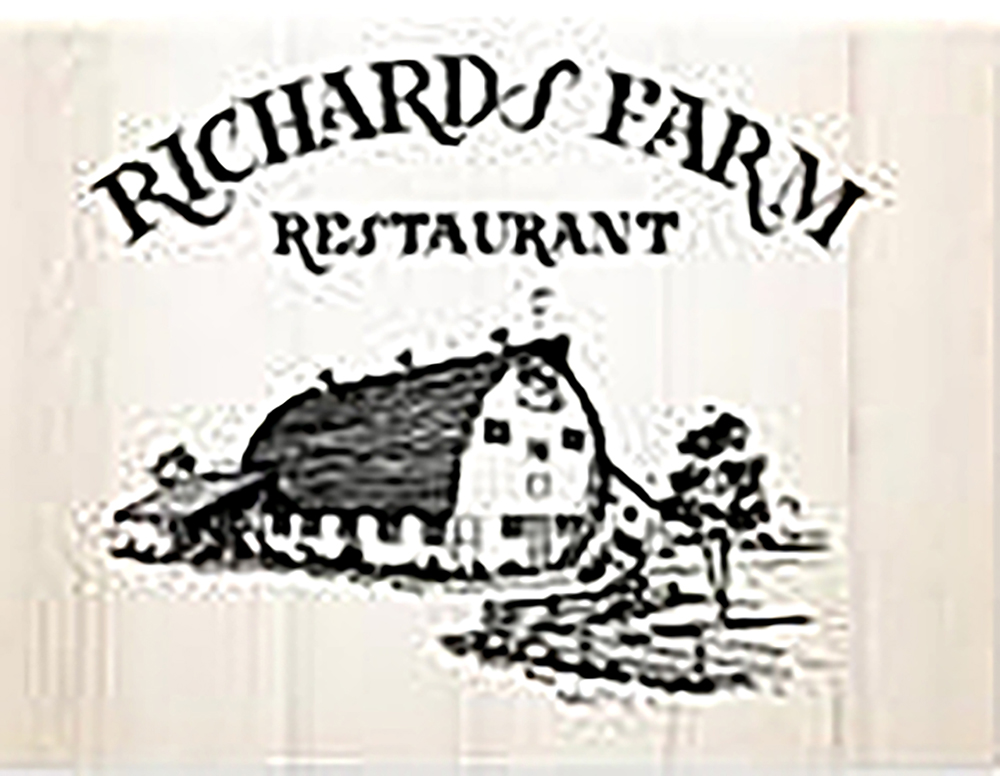
Richards Farm Restaurant
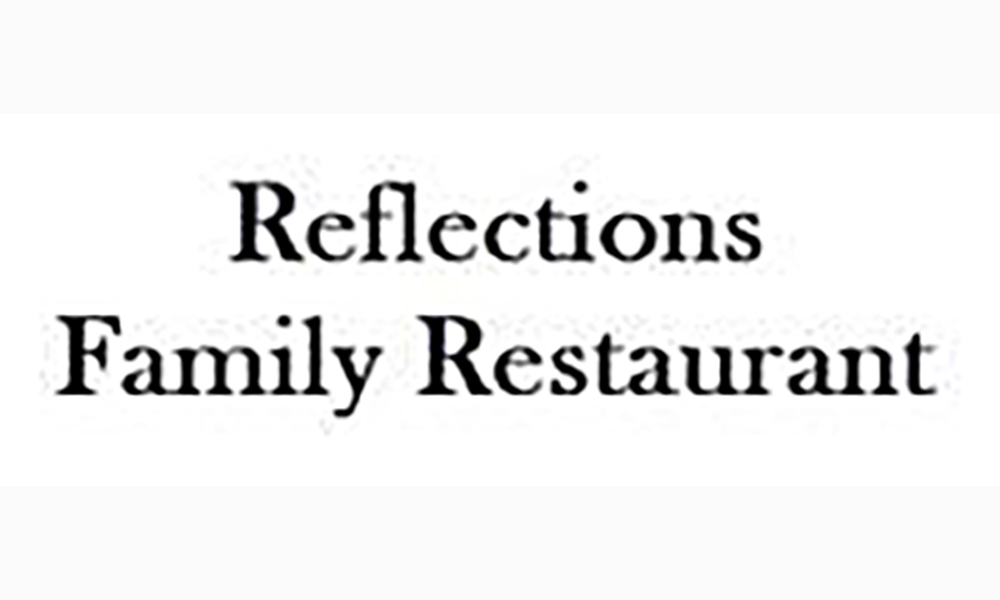
Reflections Family Restaurant

Big Things Attractions
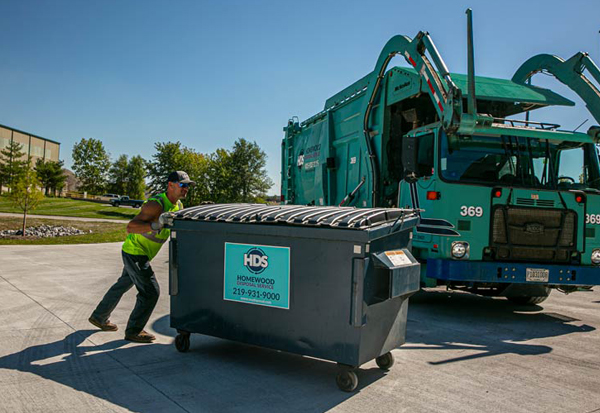
Trash Pick a Day Late
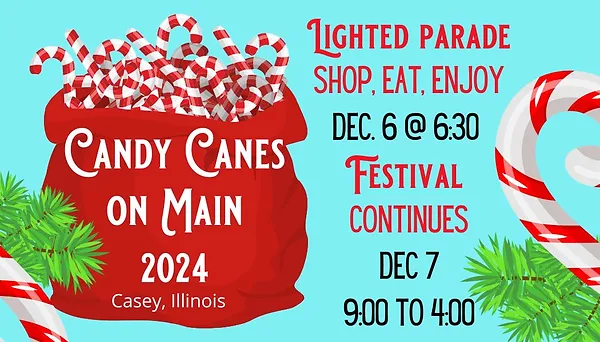
Main Street Closed for Candy Canes on Main

Business Incentives
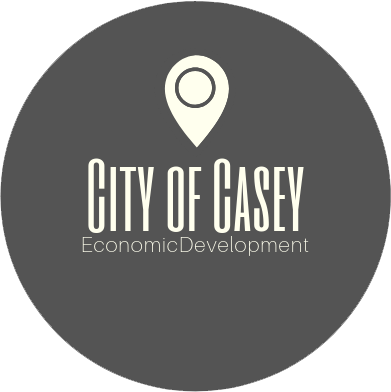
Economic Development

Candy Canes On Main Dec 6 & 7, 2024
- « Previous
- 1
- …
- 79
- 80
- 81
